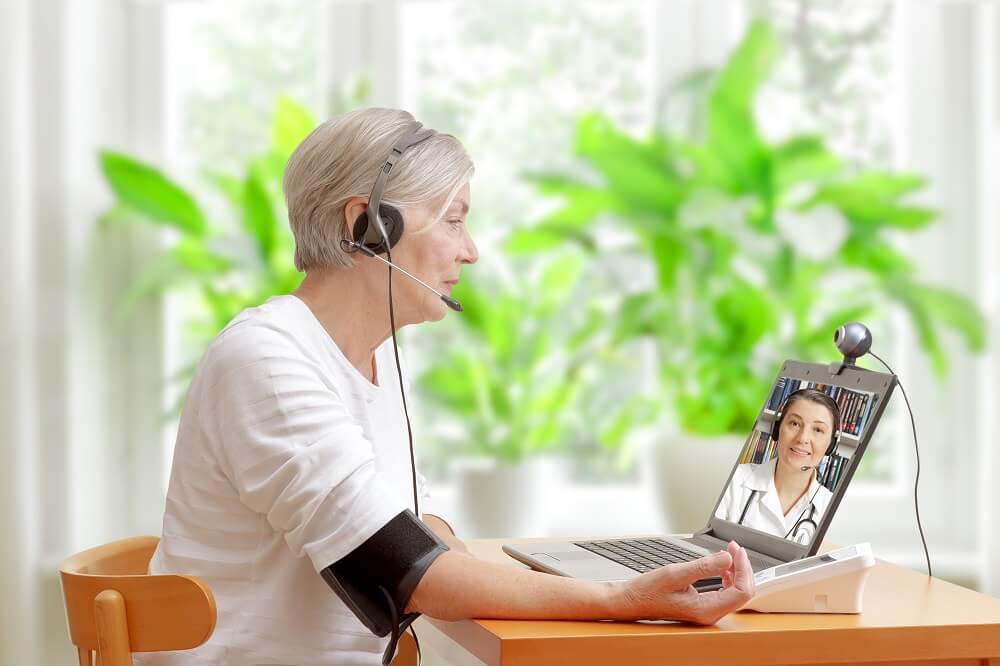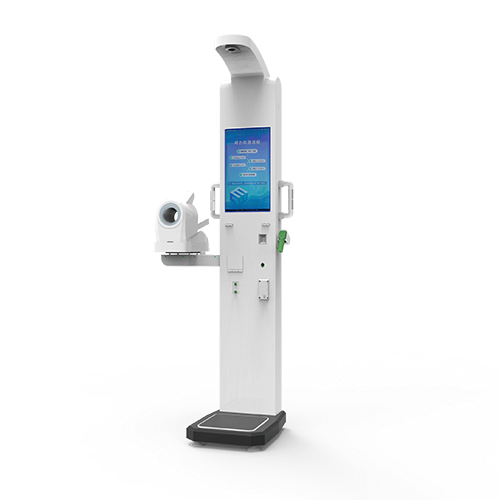Table of contents
From virtual health checkup, to health checkup kiosks, the telemedicine service is growing dramatically. How telemedicine revolutionize the primary medical care, you’ll know everything about it in this article.
What is telemedicine?
Telemedicine is an online medical diagnosis via video between patients and doctors based on health checkup results. The practitioner can prescribe medication and offer medical advice for cure, rehabilitation, referral, or healthier habits. Telemedicine includes primary healthcare checkup, digital health records sharing, online consultation, remote diagnosis, prescription and advice. The health checkup covers most of chronic diseases, it is a disease early prevention system and health tracking system. Telemedicine makes patient meeting with any doctors possible in global village.
Very soon, telemedicine will serve the worldwide patients, which can make most of the diagnosis affordable and highly efficient.
How does telemedicine works?
Having health checkup first
- Patients go to have health checkup at nearest healthcare checkup kiosk
- Get the digital health report
- All health data is transferred and shared in the system AUTOMATICALLY
Most of people still think they must take health examinations by other separate medical devices, indeed we have developed one-station-service such as multiple function health checkup kiosk(integrate with stethoscope, dermatoscope, blood analysis, psychology assessment), the healthcare kiosk can be deployed nearby the communities, villages everywhere, so people can have convenient access to any of the health check point, even they are in rural areas, mountain areas.
Scheduling with a practitioner
Patient schedules an appointment with a practitioner on APP or PC program
Meeting the practitioner
At the scheduled period, The patient can meet the practitioner on any healthcare kiosk(in same network), or mobile, or PC, or tablet, and start online consultation and diagnosis.
Notice the practitioner can see current and history health archives of the patient, so he could have a general understanding about the patient health history, and make corresponding diagnosis, all the chat history can be stored in the database for future audit.
Prescription or health advice
Practitioner prescribe medication after the consultation, or arrange referral to other hospitals, or offer health advice
Taking medication at the medication dispenser
- Telemedicine system connects with pharmacy store network
- After practitioner finishes prescription
- The system will send data to pharmacy system
- The pharmacy store prepares the medication
- Send medication to appointed medication dispenser
- A SMS will be sent to patient’s mobile or his email address
- Patient then go to take medication at his appointed medication dispenser
Benefit to the primary healthcare industry
Mental health evaluation
Mental health becomes a very serious social problem, most of people feel stressful or anxious due to different reasons. Anxiety causes many problems, such as personal health, low work/study efficiency, bad social relationships, potential risk of suicide, murder, etc. While mental health issues are invisible and hard to detect, so adding some psychological questionnaires could be helpful. As a result, identify potential mental illness patient and professional assistance could be provided.
In future, we will consider to add AI and emotional analysis technology to identify the potential people. And provide early intervention for the patients, give them correct health care and emotional guidance. Let’s prevent personal health condition go worse and any dangerous events happened.
Health education system
Telehealth system mainly provides specific education to who needs special treatment and medical assistance, such as diet advice, sports advice, or rehabilitation guidance etc.
The system can regularly send message to the patient to remind him/her to take actions, so as to improve his health condition or change his living behaviousr, such as less alcohol, less or no smoking, more excercises, regular health checkup etc.
Central monitoring system
The central monitoring system monitors all deployed medical kiosks remotely. It supports remote device activity monitoring, remote software update, remote quality control, remote abnormality alert and remote troubleshooting. In short, It can alert the errors and inform the technicians to examine and fix the devices earlier. So it can effectively improve the maintenance efficiency and dramatically increase the customer experiences
Medical or social insurance system
If local governments provide medical(or social) insurance to the public, our telemedicine system can connect with local medical/social insurance system, then the prescription can be reimbursed by the government
P.S. Medical insurance system is a wellbeing system which is built by local government. It provides a cross area healthcare network and help patients to get reimbursement for all or part of medical expenses
Population health Statistics
The public primary health statistics provide complete overview of chronic diseases of local areas, disease distribution map categorized by areas, age, gender, or professions etc. This can reveal condition of population health risk and health service coverage.
Department of health and government can get better insight of regional health situation. Thus to develop effective policies to improve peoples’ health awareness and health condition.
Telemedicine everywhere
- Affordable price
- Accessible everywhere
- AI technology
- Big data analysis
Future of telemedicine
In near future, AI diagnosis and human diagnosis will exist in long time, and eye tracking, emotional analysis will also be one of the main features in the telemedicine system, which helps telemedicine more advanced and early prevention is possible.



